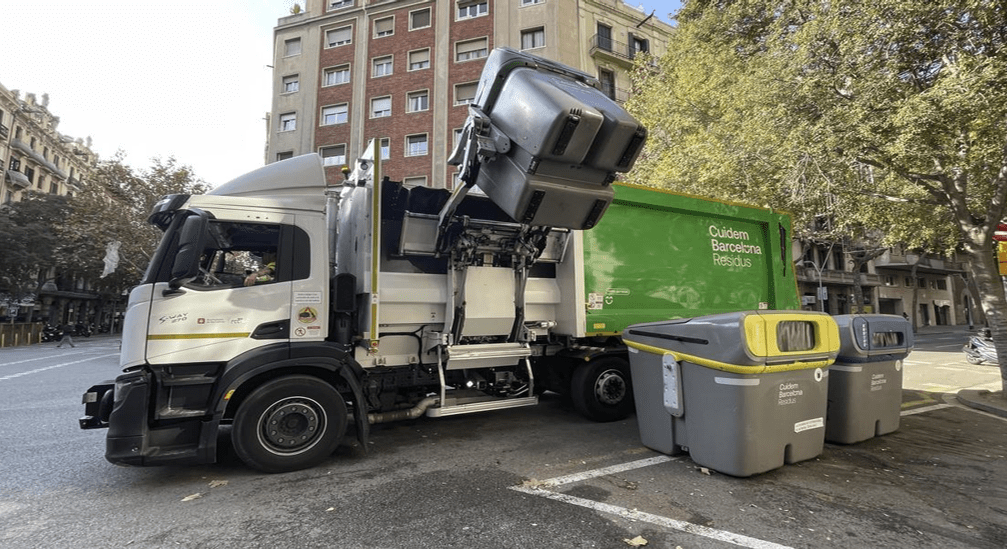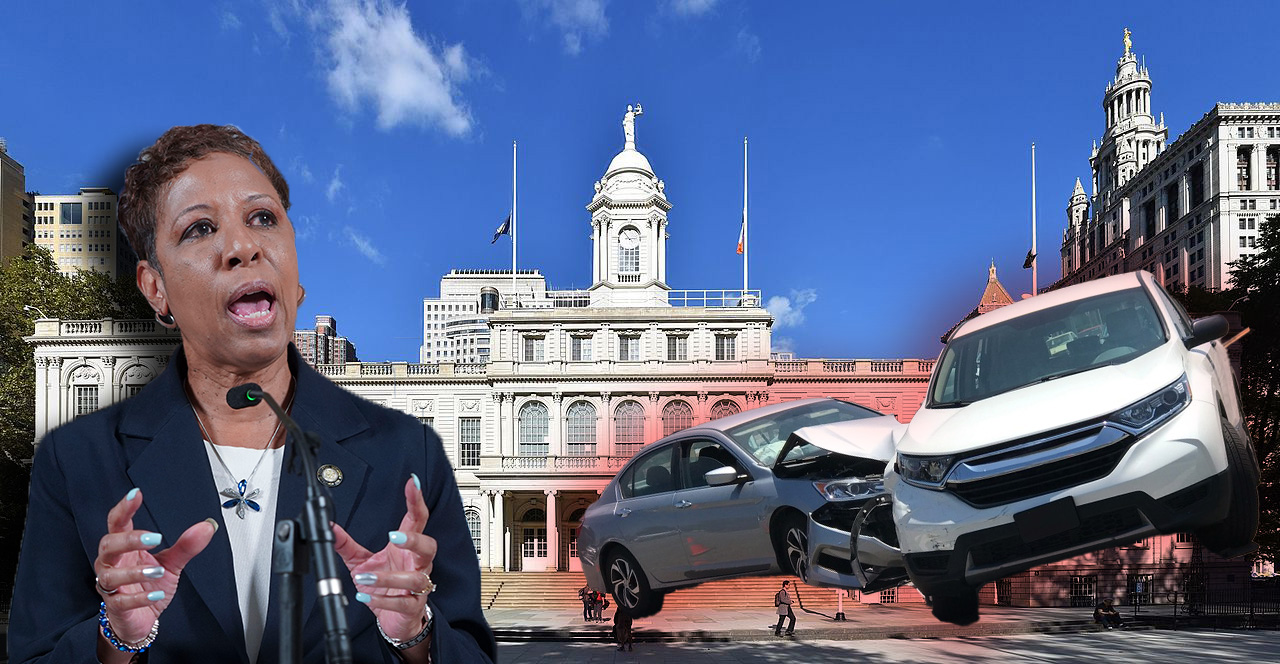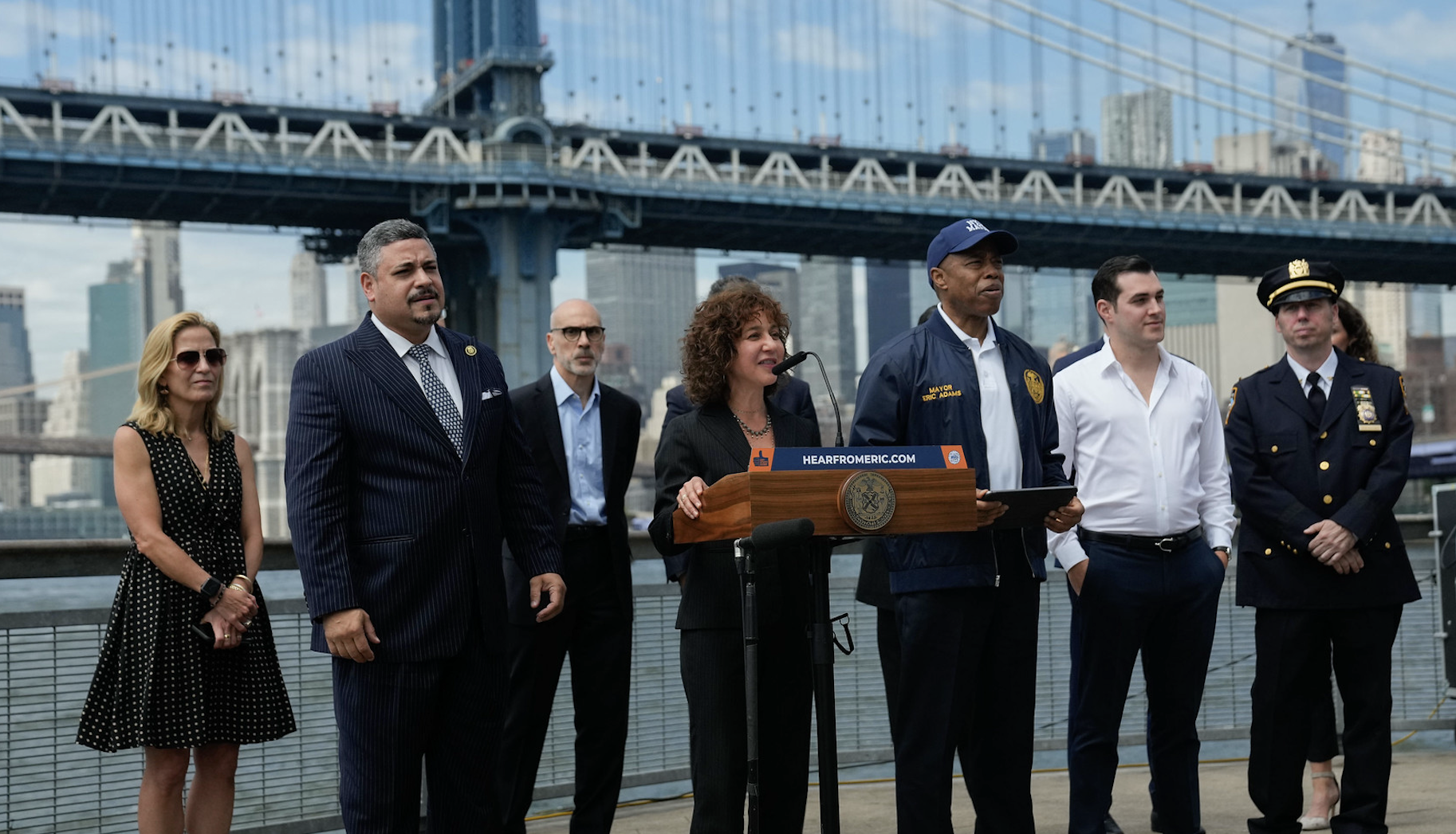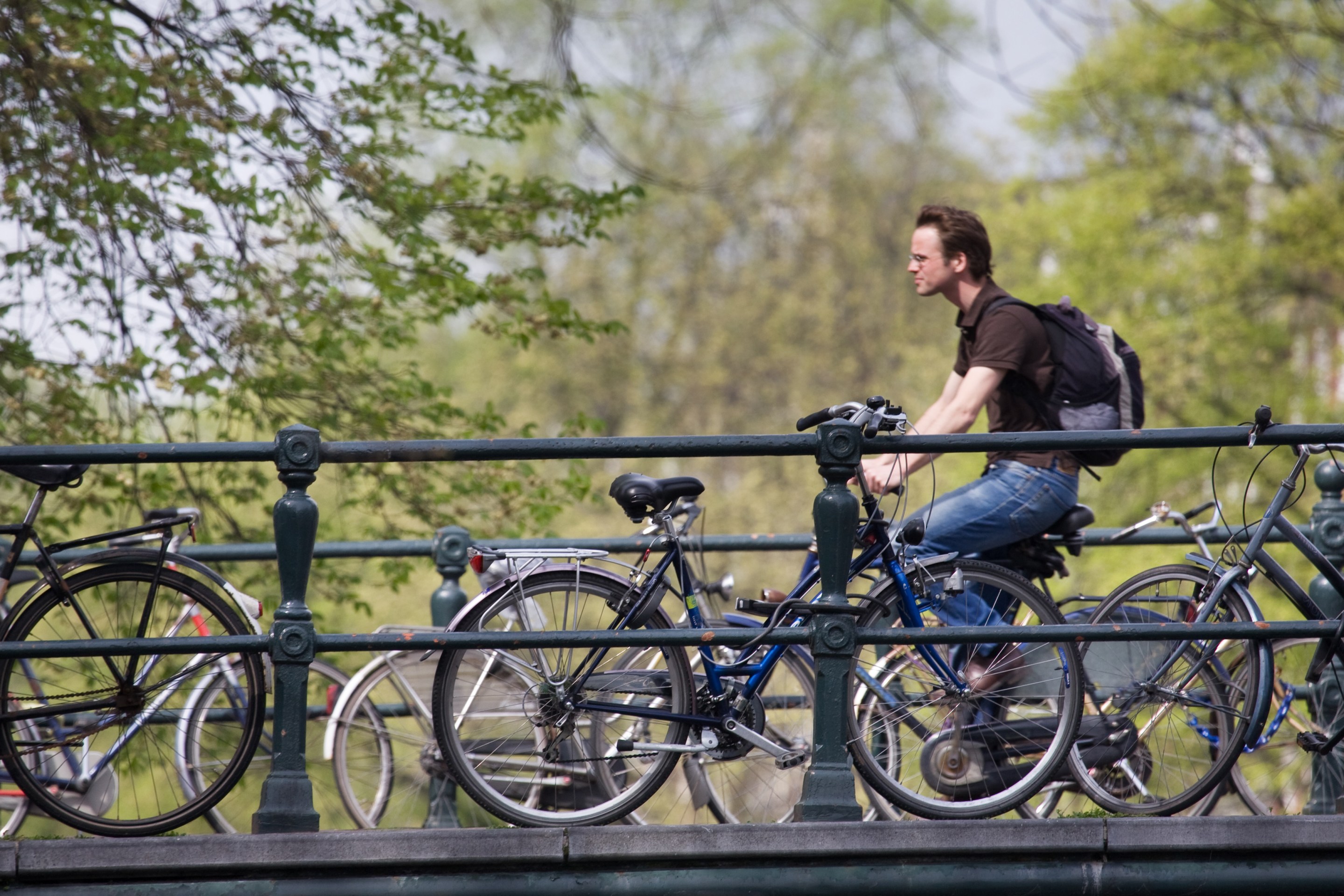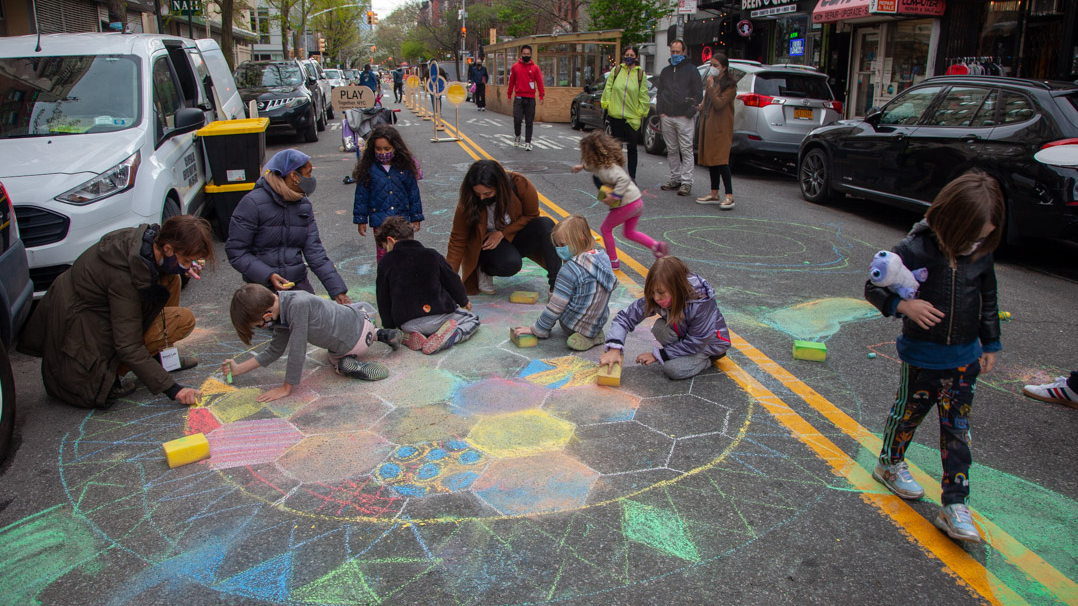The Department of Sanitation could permanently rid New York City sidewalks of virtually all of their disgusting "5 o’clock shadow" of garbage bags with a bold and historic elimination of 150,000 free residential parking spaces — and the first step on the long and controversial journey to that clean new era will begin this fall in West Harlem.
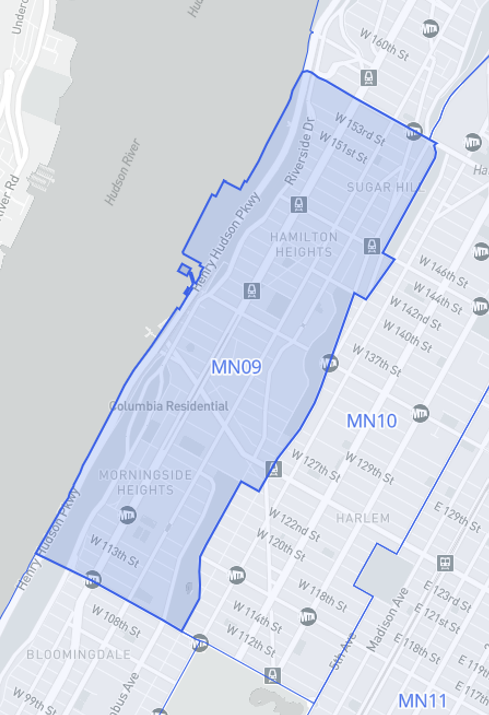
On Wednesday, the agency will not only announce a trash containerization pilot for a broad stretch of Upper Manhattan but also release a hotly anticipated study investigating how to collect New York City's residential waste from containers instead of garbage bags that cover the sidewalks.
The 100-page report [PDF] shows that the city can containerize its trash in shared stationary boxes and individual wheeled bins — the choice of which box works best will depend on the density of the neighborhood — and with new trucks to lift the roadside boxes, agency leaders told Streetsblog during a briefing Tuesday.
The study, with analyses by consultants McKinsey, began last year and comprises a deep dive into how the city deals with trash (mostly by leaving it in bags on the sidewalk) and how best to deploy containers large and small as has been the case for decades in cities like Paris, Barcelona, and Amsterdam.
To do so, the report says, will require the historic redefinition of 150,000 curbside spaces currently used for car storage — about 5 percent of the city's estimated 3 million on-street spaces — as space for garbage containers.
DSNY Commissioner Jessica Tisch said in a statement that her agency is up to solving both monumental challenges: creating an entirely new system and surviving the likely political buzzsaw.
"Mayor Adams wants a permanent solution, something like what other global cities have that takes our sidewalks back from the black bags — and from the rats," Tisch said. "The detailed street-level analysis in this report shows, for the first time, that containerization — in the form of individual bins and shared containers — actually is viable across the vast majority of the five boroughs."
Starting uptown
The agency's pilot will revamp garbage collection at up to 10 residential blocks and the 14 public schools in Manhattan's Community Board 9 this fall, which includes Morningside Heights, Manhattanville, and Hamilton Heights.
Retrofitted collection trucks will lift shared wheeled containers stored along the curb in the roadway instead of relying on Sanitation workers to haul the bags by hand.
The boxes will be unlocked and about three cubic yards each — slightly larger than common two-cubic-yard wheeled bins — and each row of them will take up just under three parking spaces outside schools and around 1.5 spots outside apartment buildings.
The agency will double collection on the residential blocks from three to six times a week, and increase trash pickup at schools from twice a week to five times.
The number of rows per block will depend on how much waste residents and pupils produce, according to the DSNY report.
Mayor Adams earmarked $5.7 million over two years in the budget to cover the northern Manhattan initiative.
The area's Council member Shaun Abreu cheered the city's efforts to begin reforming trash collection and clean up the northern nabes, particularly in schools that have been battling overflowing trash and rat infestations, the pol said.
"New York City trash practices have been backwards for decades," said Abreu in a statement. "Commissioner Tisch understands that large-scale containerization is the way forward."
Sanitation has been testing residential rubbish containerization on one block of W. 45th Street in Hells Kitchen — a relic of the prior administration — but that project still required collectors to manually haul bags out of the boxes, and only the agency and building supers had access to the locked enclosures. Tisch has deemed that approach not scalable for the rest of the city.
Citywide plans
About 89 percent of New York City's streets with residential units in the city could get containerized pickup without losing more than 25 percent of curb space on any given block, a cap set by the agency to mean that a particular street segment is "viable" for containerization. That would cover 77 percent of the city's total residential waste output.
The report basically sees the five boroughs as three very different cities, based on density:
- 50 percent of the city (lower density areas) would be perfect for individual wheeled bins on the sidewalk
- 39 percent — mid and high-density buildings of around 150 units — would get shared stationary containers in the roadway. That's where all that free storage for individual cars turns into a much broader public benefit.
- The remaining 11 percent of the city is so dense that they would be difficult to containerize without taking more than 25 percent of the curb. (On some streets, such as Cedar Street downtown, the number of containers needed would take up more space than the block even has unless the DSNY doubles pickups.)
Those more challenging areas streets are concentrated in in Manhattan, particularly dense neighborhoods like the Financial District and the Upper West Side.
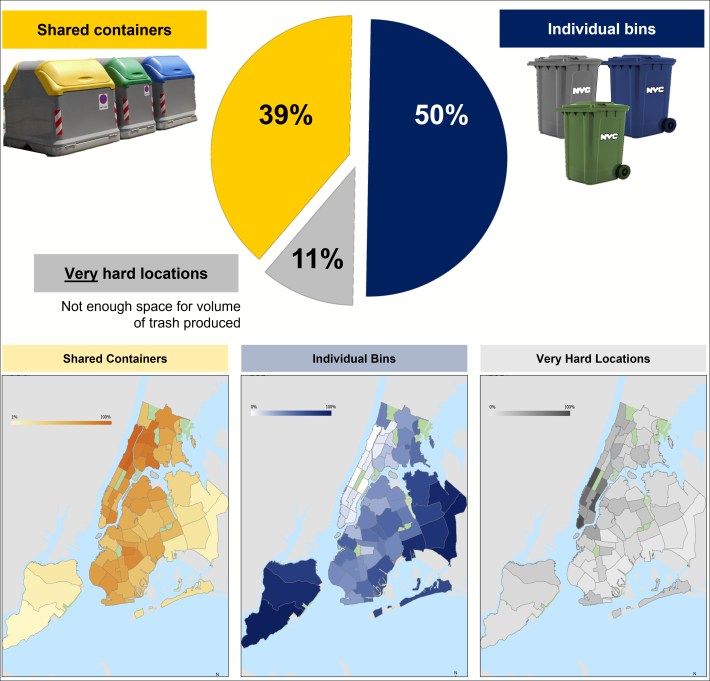
Advocates said removing personal vehicle storage space would be worth it to get rid of New York's notorious five o'clock shadow of trash bags.
"Taking parking for something as basic as having a clean and healthy city is appropriate," said Christine Berthet, the founder of the pedestrian safety group CHEKPEDS. "We need to take those battles."
Berthet added that the smaller containers should also be in the roadway and not take up scarce sidewalk space in busy neighborhoods.
"This is not just the density of the garbage and the buildings, it’s also, more importantly, the density of how many people are using the sidewalk," she said.
Other cities with containerization usually rely on a mix of shared stationary and individual containers, but they also sometimes use underground space, such as a pneumatic collection system or large subterranean containers.
Sanitation already operates a pneumatic system on Roosevelt Island, but officials said the complex web of utilities and transit infrastructure elsewhere in the city makes it too difficult to go below ground.
Truck upgrades
New York's Strongest will have to get new trucks to pick up the stationary containers on the side of trucks — so-called automatic side loading vehicles.
Many countries in Europe already use side loaders, but they don't currently meet American regulations, according to the DSNY officials, who will have to work with the industry to come up with a design suitable for the American regulators and the mean streets of the Big Apple. That will take time and money.
"We're not pointing out the challenges to throw cold water on it," Tisch said. "I think when you make a plan, you have to be very clear-eyed about what you have to solve for."
Sanitation leaders said at the Tuesday briefing it was too soon to put a cost-estimate or a timeline on a larger citywide rollout because there are so many variables.
